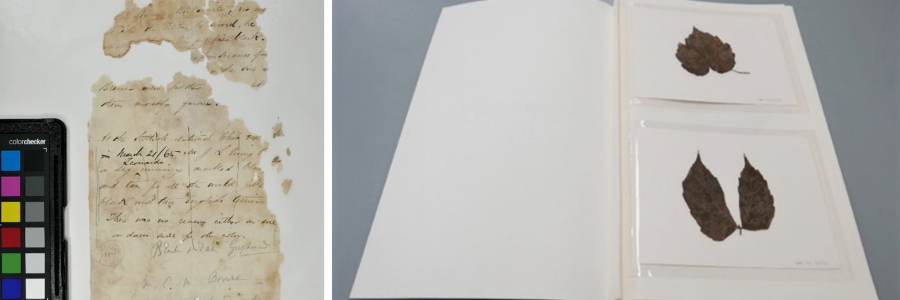
Turning over a new leaf: Fasciculing fragile letters and plant specimens in the Darwin Archive
The Darwin Archive contains a wide variety of loose sheet papers, often in diverse formats and frequently found in specific combinations. Letters are kept together with drawings and envelopes are found with dried botanical specimens. This presents a challenge for conservators in how best to safely store these items together whilst providing easy access for readers.
Fasciculing is a technique developed at the Bodleian Library in the 1980s. It is a method of storing loose, single, or double sheet papers in pamphlet-style bindings made up of blank, archival quality paper sheets. Paper guards are added between each page to compensate for the depth of the items attached, meaning there is no uneven bulk or gaping of the fascicule cover. The fascicules can be modified to suit each inserted item; if the item is thicker additional compensating guards can be added to achieve the correct thickness. Loose papers can be attached using a hinge of Japanese paper and wheat starch paste onto the pages of the fascicule (Fig. 1).
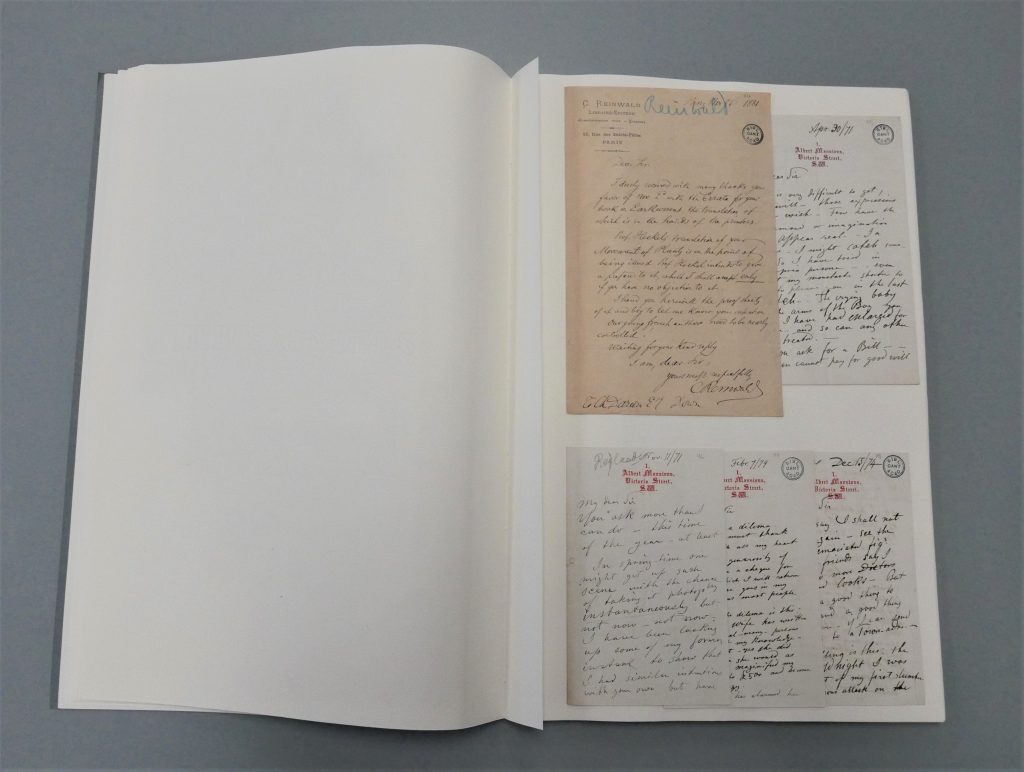
Fig. 1. DAR 176: 114-118. Fascicules in the Darwin Archive allow letters of different size to be stored in order. The slim format and flexible cover allow the fascicule to open in a flat, unrestrained manner.
Fasciculing allows a variety of material to be accommodated within a standard format. Direct handling and flexing of items are reduced as the main handling is of the fascicule pages. As each item is adhered to its own page, abrasion between items is eliminated. There is also less risk of chemical damage from acid migration or staining from degraded adhesives and corroded iron gall ink as this is transferred to the support sheet rather than the adjacent item.
Mould-damaged letters
In DAR 166, DAR 176, DAR 177 and DAR 178, there were several extremely fragile letters which, due to poor storage conditions prior to coming into the university library, were severely degraded by damp, mould, and insects (Fig. 2).

Fig 2. ‘Felted’ letters in DAR 166 damaged by water and mould. The structure of the paper substrate has been broken down by, leaving a crumbly, ‘felted’ texture which cannot withstand handling.
The first step was to piece together and align the loose fragments of letters followed by applying a lining sheet to provide the strength and flexibility lost by the original paper sheet (Fig. 3).
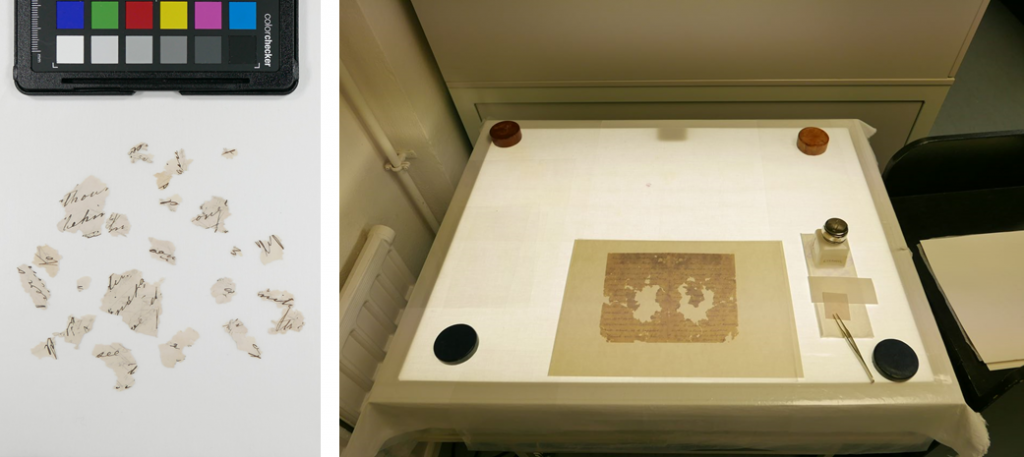
Fig. 3. DAR 166.37. (Left) Loose fragments before lining; (right) aligning fragments using the lightbox on the vacuum table.
Iron gall writing ink widely used in the 19th century corrodes in the presence of moisture, so a remoistenable lining paper reactivated with ethanol was chosen to reduce the amount of moisture introduced during treatment. Several different weights of remoistenable tissue were made up using Japanese fibre tissues, to allow for use on the different weights of letters requiring treatment. The adhesive, Klucel G, was then activated with ethanol on the vacuum table, fixing the lining paper to the letter (Figs. 4 & 5).
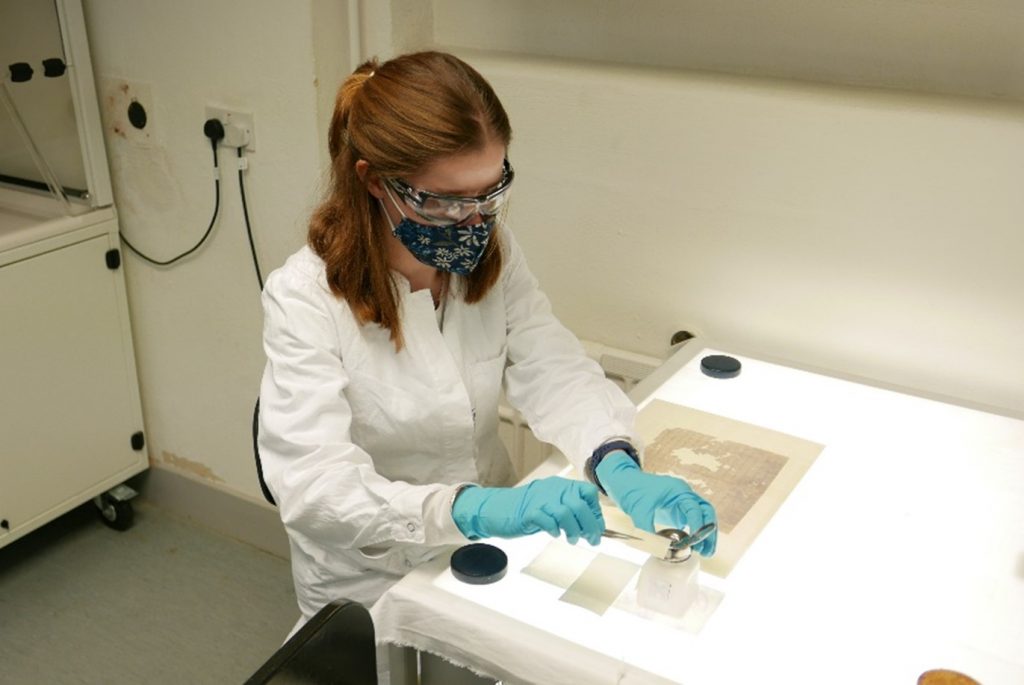
Fig. 4. Lining a fragmented letter from DAR 166 on the vacuum table. Ethanol swabs are used to reactivate the remoistenable repair tissue. Ethanol is then drawn through the letter into the table, meaning the moisture is in contact with the letter for as little time as possible.
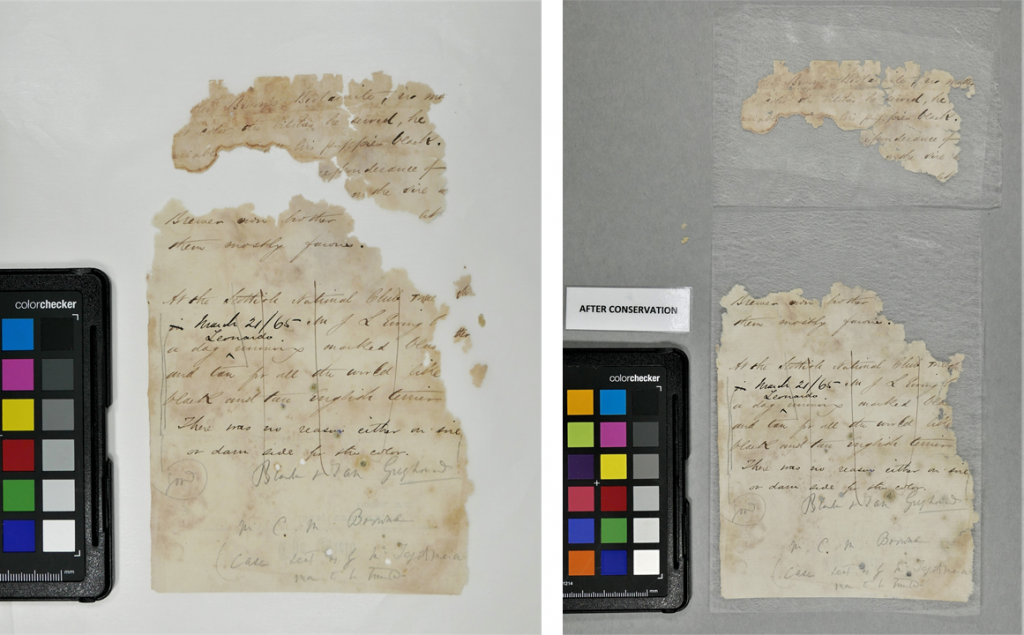
Fig. 5. DAR 178.81. Before (top left) and after (top right) lining. This letter was lined in two parts as the exact positioning of the top portion in relation to the bottom was unclear. The location of two small fragments is also unknown at present so these were wrapped and stored alongside.
The most fragile letters, requiring further support and protection, were encapsulated in an archival polyester sleeve using the ultrasonic welder (Fig. 6)
Plant specimens
Seven plant specimens were enclosed in a letter to Darwin from Adolf Reuter in July 1869 (DAR 176: 125). Before being cleaned and mounted, these needed scientific analysis to identify the nature of white deposits on the surface of the specimens. It was particularly important to confirm they were not arsenic which was used to treat plant specimens in the 19th century (Fig. 7).
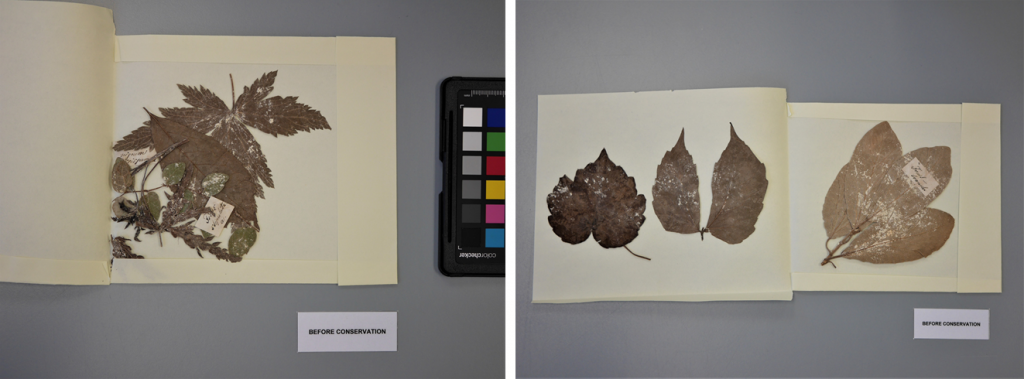
Fig. 7. Plant specimens from DAR 176.125 with powdery mildew. Prior to conservation, specimens were housed in paper wrappers, contained within polyester pockets in fascicules, alongside the letters in which they were sent to Darwin.
In April 2021, elemental analysis and SEM micrography was carried out by Dr Fiona Brock of the Cranfield Forensic Institute at Cranfield University, which identified the white powder as organic in composition and most likely to be a species of powdery mildew. Plant specimens are particularly susceptible to mould and mildew if they have been wrapped without being properly dried, which is often the case where specimens have been posted as letter enclosures. Specimens were then cleaned in the quarantine room and any broken leaves were reattached using a gelatine adhesive (Fig. 8).
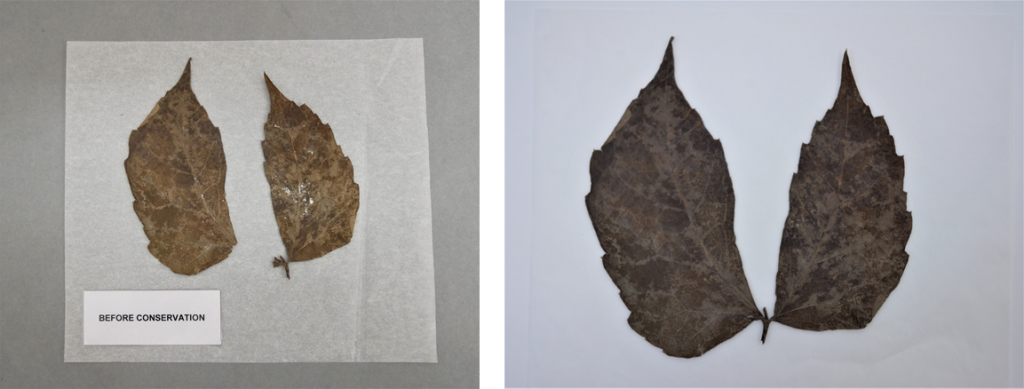
Fig. 8. DAR 176:125/3. Plant specimen (left) before and (right) after cleaning and repair.
Being very fragile and brittle, the specimens were at high risk of further mechanical damage from handling, so were mounted to rigid archival paper supports using narrow paper strips and encapsulated in archival polypropylene sleeves (Fig. 9).
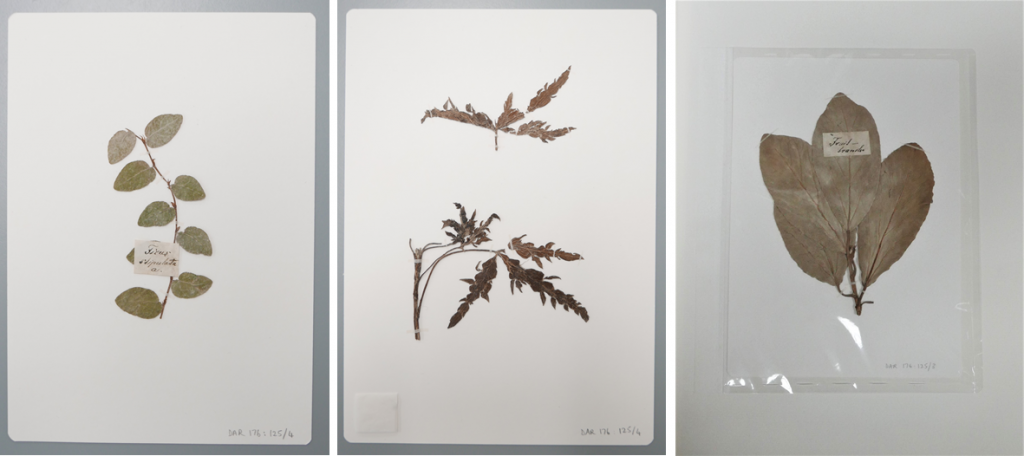
Fig. 9. Mounted specimens from DAR 176.125/4. (Left) Placement of specimen with generous border for handling; (centre) a fragment wrapper in the bottom left corner contains any fragments too small to be mounted; (right) to afford further protection and allow for hinging into the fascicules, mounted plant specimens were encapsulated in archival polypropylene sleeves.
Fasciculing
Once conservation treatment was complete, the letters and plant specimens could be hinged into their fascicules. Several pages in the fascicules needed replacing and adding to accommodate the lined items. New pages were added by cutting to size sheets of a handmade white laid paper, piercing sewing holes and sewing using a linen thread coated with beeswax (Fig. 10).

Fig. 10. (Left) Aligning a new fascicule page and piercing sewing holes using a piercing cradle; (Right) sewing the new pages into the fascicule.
A Japanese tissue and wheat starch paste were used to apply a hinge directly to the left edge of the more robust lined letters. The hinges on the encapsulated letters and specimens were pasted into the fascicules using a mixture of wheat starch paste and EVA (Figs. 11 & 12).

Fig. 11. (Left) DAR 177.52.The lining paper is providing sufficient strength and flexibility to allow the letter to be safely hinged directly into the fascicule; (right) pressing pasted hinges to secure the encapsulated letters in the fascicules.

Fig. 12. DAR 176.125. (Left) A new fascicule was custom-made to house the mounted plant samples; (right) additional compensators were added between pages, creating extra depth to accommodate the thickness of the individual specimen.
The conservation and fasciculing of these damaged letters and specimens have made them accessible for readers and able to be safely digitised for the first time. Next year, in the final phase of the Darwin Correspondence Project, there may be further fasciculing of loose letters after digitisation – check back then for an update!

